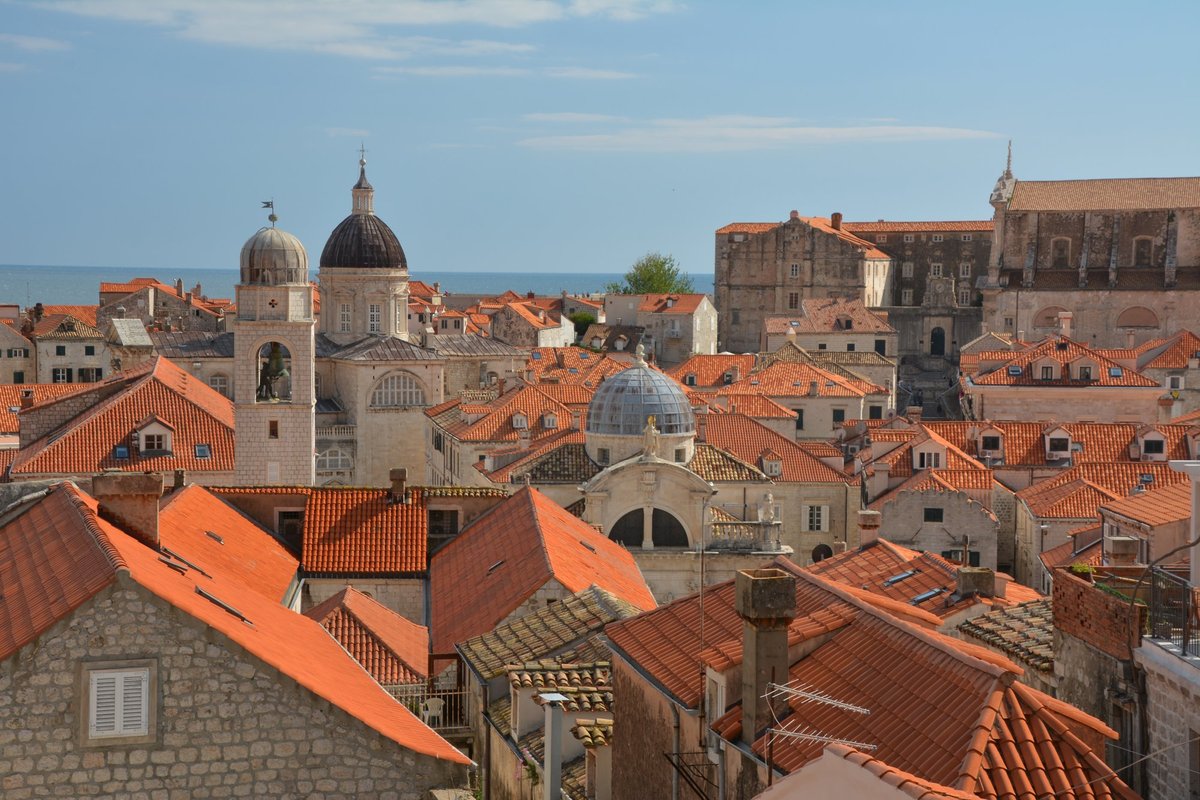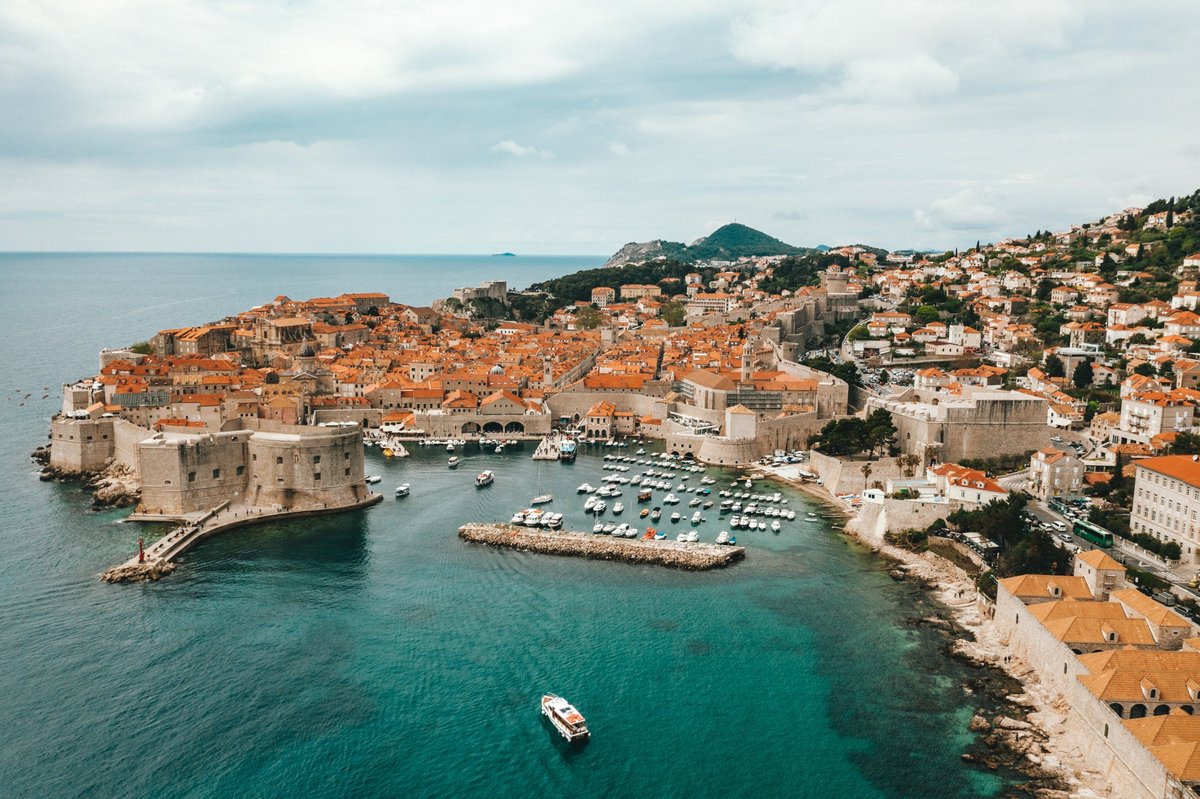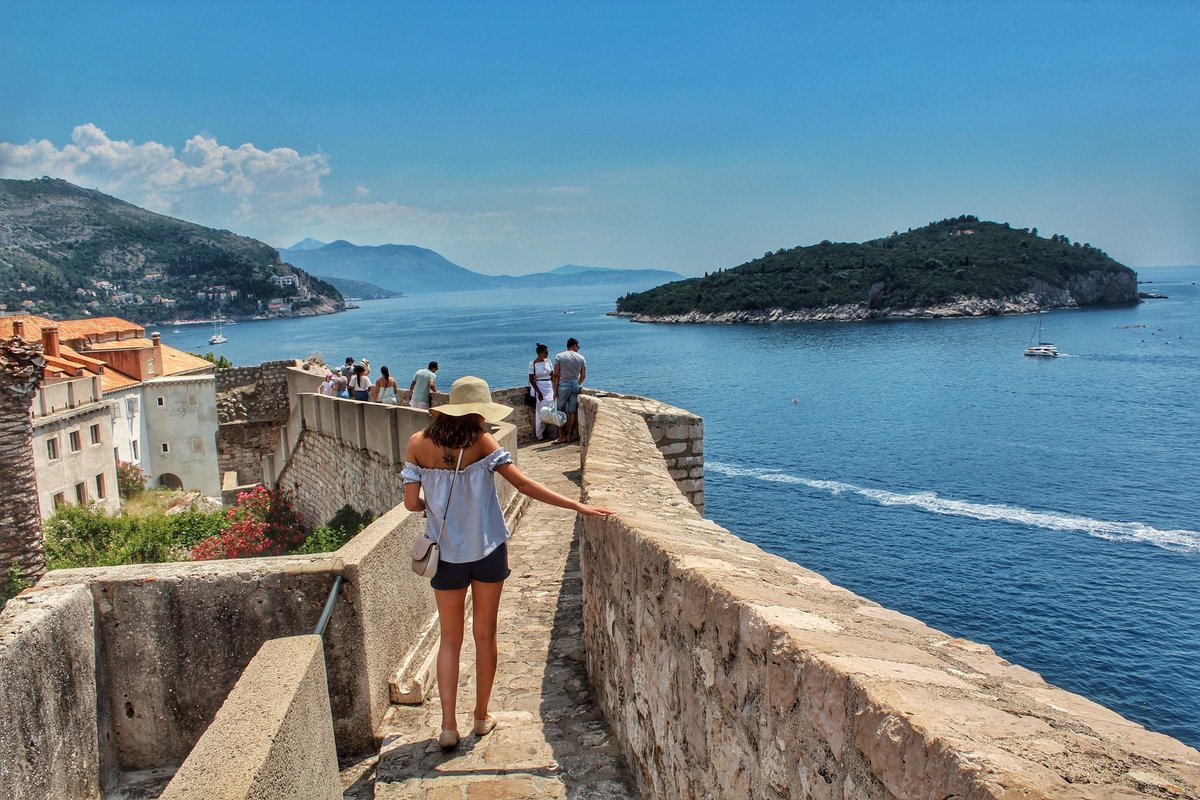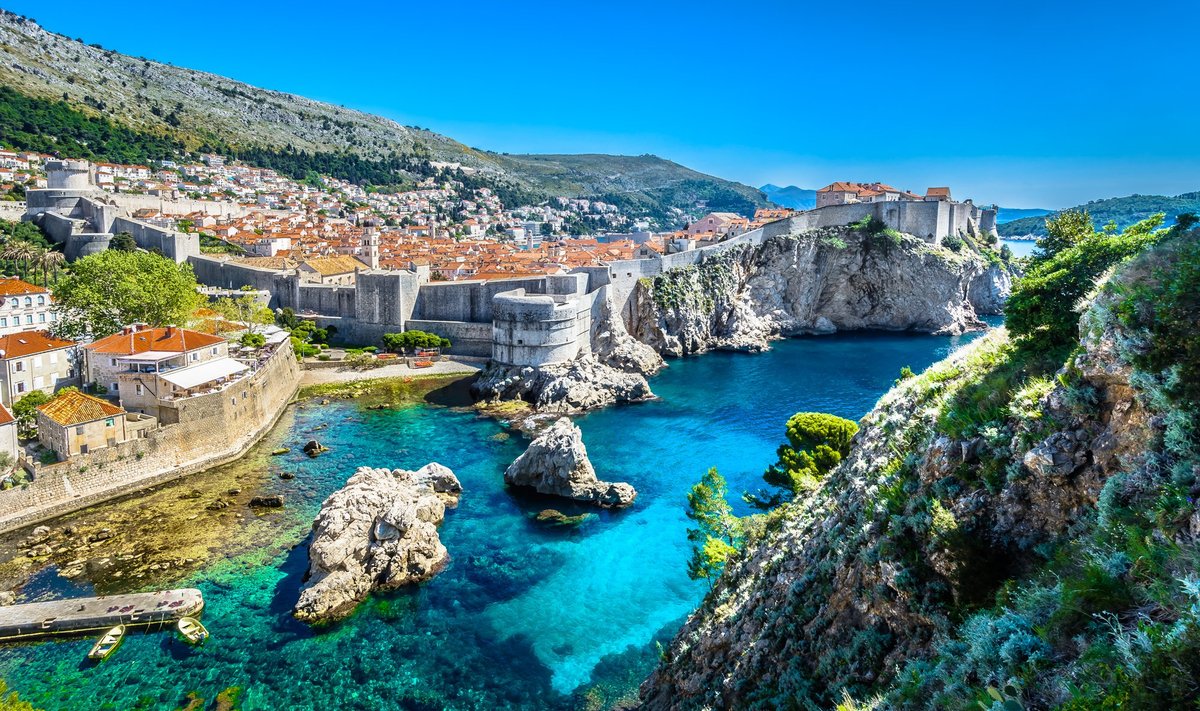I am standing in the very center of Dubrovnik in one of its many narrow streets, where its honey-colored palaces cast shade from the sun. I have to admire the ornate stone carvings on the Renaissance buildings and the simplicity of the tiny chapel at the end of the street. But instead, I find myself pressed against the wall by a tour group passing by and distracted by the gaudy window display of one of the many Game of Thrones stores.
Visiting Dubrovnik can be downright tiring as this southern Croatian city now ranks as one of the most visited European cities by tourists.
So is it worth going there? And how can you relax if you want to go to Dubrovnik, but the crowds of tourists are simply terrifying?
What is it like to visit Dubrovnik?
Coastal Dubrovnik crowns a rocky plateau jutting out into the Adriatic Sea. Sturdy 16th-century walls surround the Old Town, which houses architectural masterpieces such as the Baroque parish church of St. Vlach and the Gothic Rector’s Palace.
Waking up at dawn, you can walk along the limestone-paved streets, imagining the city during the time of the Byzantines and Venetians, which survived wars and sieges and seems to be immortal.

So far, everything looks just fine, doesn’t it? But if you try to do some sightseeing during the high season, you will have to look at the historical gems through the lens of the hundreds of people who come to Dubrovnik during the summer.
Walking in the center, you will have to squeeze between the tables of restaurants that occupy all the streets and, at the same time, brush off the waiters and souvenir sellers.
Storefronts are lined with Game of Thrones merchandise (Dubrovnik was a key filming location for season 2), and branded T-shirts and caps hang from historical walls, making some neighborhoods look like one big open-air mall.
The chance to curse everything and promise yourself never to come back here again is very high.
Dubrovnik is the most visited city in Europe.
Using data from 2019, Statista found that Dubrovnik is the most visited city in Europe by tourists, ahead of such giants as Venice and Barcelona. The city, with a population of just over 41,000, welcomed almost 1.5 million tourists in 2019. This is approximately 36 tourists per inhabitant.
The detrimental effects of so many tourists are obvious. Dubrovnik suffers from traffic jams as tour buses park outside the Old City walls; an excessive number of tourists leads to infrastructure damage, and locals watch in horror at the prices of goods.

In 2017, UNESCO recommended that the city host no more than 8,000 visitors at a time in the historic city center. Authorities installed surveillance cameras and a counting system but did not limit the number of visitors.
However, recently the mayor of Dubrovnik announced plans to address the negative impact of excessive tourism. One of the proposals is to oblige tourists to rent suitcases on wheels for separate transport to reduce noise. From November, the city plans to develop a baggage drop system at the entrance to the historic center, where visitors will pay to have their suitcases delivered to their place of residence.
How to escape from the crowds of tourists in Dubrovnik?
If you do decide to visit Dubrovnik this summer, there are plenty of ways to see the quieter side of the city.
In the historical center, when you are on the main street – Stradun, which crosses the city, stand with your back to the Ploce gate and turn left, not right. This will take you to a relatively quiet area of the city where you can even see the grocery stores and liquor stores that the locals go to.

Head up the stairs, right up to the walls, and you’ll come across Lady Pi-Pi, a quirky diner that looks like a private garden. Vegetables are sourced fresh from the nearby Konavlė Valley, while meals mainly consist of meat and fish grilled by an open stone fireplace. The best part is that tour groups are not allowed here.
However, the surest way to avoid the crowds is to follow the locals out of the Old City. Dubrovnik’s Gruz district, just northwest of the walled center, is an up-and-coming area where you’ll find open-air cinemas, vintage markets, harborside bars, and vegan restaurants.
Further along, the coast is the Tristen Dendropark, a peaceful garden where you can spend time in the afternoon, and below, there is a secluded place for swimming. It is worth taking a boat trip to Mljet, where an ancient Benedictine monastery is located on an island inside the island.

